Hypocrisy, Thy Name is ‘Hilton’
ENVIRONMENT POLITICS--As described in an earlier article, the Beverly Hilton, in what they are calling a “reconfiguration” of a project which won a referendum by 129 votes in an election with 569 documented cases of voter fraud, is using a California initiative loophole to try to build a 375-foot skyscraper in a city with a 45-foot height limit.
While some of the false claims made by the signature gatherers of the skyscraper initiative very clearly attempted to give new horizons to the meaning of the word chutzpah, a recent development (no pun intended) also adds hypocrisy with a capital “H” to the mix.
As noted before, the use of the initiative process means that the Hilton, in their efforts to build the 375-foot skyscraper, doesn’t need to go through any of the reviews or public processes which would normally be required for any construction project, let alone a project of this magnitude.
While the Hilton is exploiting the initiative process to scrupulously avoid all municipal scrutiny, including environmental reviews, their neighbor to the west, on the site of the old Robinsons May, is also requesting a modification to its original entitlement. The project, owned by the Wanda Group, and known as One Beverly Hills, (as envisioned: graphic above) is seeking to convert some of the condos of the already entitled Richard Meier designed project to hotel rooms, not to add bulk, mass and height to the project like the Hilton. Playing the role of the good twin, One Beverly Hills is going through the City’s standard process, which includes various reviews, a supplemental environmental impact report and the ability of the public to raise concerns.
Despite disingenuous protestations to the contrary, the Hilton is trying to use the public planning process and the California Environmental Quality Act (CEQA) to stop the hotel project — and the competition— next door. In a 21-page letter to the City’s planning department, the Hilton raises a number of concerns and objections related to the One Beverly Hills hotel modification.
I can’t comment on the specifics of the Hilton’s objections at this stage. There is a process and those objections will be considered and addressed. But I sure will point out the utter irony in the Hilton’s use of the public process which they themselves are denying everyone else in connection with their own project.
With apologies to Gore Vidal, they have given hypocrisy a bad name.
Or maybe it’s not hypocrisy? Perhaps they are subtlety trying to convince the One Beverly Hills folks to come over to the Dark Side. Their utzing message would seem to be: “Hey, why bother go through the pesky review process when you could completely circumvent it with an initiative? Drop the application, buy signatures like we did, and come join us with ‘the Hilton Way’ in the fabuloso world of ‘Anything Goes’ development.
“Heck, you can even use our argument that we already went through numerous public meetings. You did, too! In fact, the changes you’re looking for might even be seen as less drastic than our own. We’re looking to build a 375-foot skyscraper in place of two buildings, adding bulk and mass to our project, reducing the amount of water we recycle and adding outdoor meeting spaces while you’re just looking to convert a few condos to hotel rooms.”
Now we can’t know for sure if the Hilton really is trying to win recruits for the Hilton school of development or just wants to make a little mischief. And in fairness to the Hilton, it should be noted that there are a few other parties who are trying to jump on the Hypocrisy bandwagon.
For example, in addition to a mystery objector, who had 87 pages worth of objections sent in anonymously, we have a couple of homeowner associations in Westwood who are expressing concerns about the project. These are the same moral authorities who expressed zero concern with the potential issues Metro’s tunneling under our High School could create. They’re clearly not concerned at all about our kids and they went to great lengths in the past to prove it, ignoring both logic and decency, not to mention the facts. They’ve been bought off by developers before, so maybe they’re just looking for another payday now. Whatever their motivation, you gotta give such bad neighbors credit for such a healthy sense of ego. One sometimes can just shake one’s head...
We also received a letter from LA Councilmember Paul Koretz. It’s difficult to say whether he raised objections to placate those homeowner groups — hey, it’s a lot easier to object to development in another city than in one’s own district, isn’t it? Who knows, he may have even been put up to it by lobbyists doing the Hilton’s bidding. The Hilton tried that ploy in WeHo, with their lobbyist having in fact drafted a letter ready for the signature of the WeHo mayor, who wasn’t about to be tricked.
Whatever the origin of Councilmember Koretz’s letter, we should remember that this is the same guy who ignored our own concerns when the Century City North Specific Plan was violated to create significant traffic on behalf of a favored developer. This is the same guy who allowed a 40+ story skyscraper to be built directly next to the High School and whose concern for our kids is only matched in its absence by former county supervisor Zev Yaroslavsky. While it’s true the pay-to-play nature of urban planning and development in LA might be considered to be extenuating circumstances, this is Beverly Hills, not LA, and certainly not Chinatown.
There are enough heapin’ helpings of hypocrisy to go around, but the Hilton itself definitely does take the first prize. Perhaps we should call that prize “the Con-rad.” They are availing themselves of a public planning process to object to a neighboring development, while they are denying everyone else the same opportunity in connection with their own scheme to build a skyscraper which is 70 feet higher than the Statue of Liberty (including the base) and over double the height of the highest building in Beverly Hills (or Niagara Falls for that matter).
Just another reason for the voters of Beverly Hills to reject a project which has already been described by some as “the Skyscraper of Greed” when it comes to the ballot later this year.
To paraphrase the incomparable Vin Scully: so when people write the name Hilton in capital letters in the history books of overdevelopment, that “H” stands out even more than the I-L-T-O-N. The H in “Hilton” stands for “Hypocrisy.”
(John Mirisch is the Mayor of Beverly Hills. He has, among other things, created the Sunshine Task Force to increase transparency, ethics and public participation in local government. Mayor Mirisch is a CityWatch contributor.)
-cw




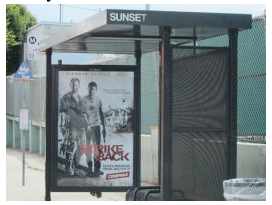 Ads for movies and TV shows with the firing or brandishing of guns are a staple of street furniture and billboard advertising, and often show up near schools, playgrounds, and other places where young people congregate. A few years ago, one showing a sniper firing a rifle appeared on a billboard directly across the street from a Westchester elementary school, and another depicting an actor waving a gun was placed in a bus shelter in front of Venice High School, just steps from where a student was shot and killed the year before.
Ads for movies and TV shows with the firing or brandishing of guns are a staple of street furniture and billboard advertising, and often show up near schools, playgrounds, and other places where young people congregate. A few years ago, one showing a sniper firing a rifle appeared on a billboard directly across the street from a Westchester elementary school, and another depicting an actor waving a gun was placed in a bus shelter in front of Venice High School, just steps from where a student was shot and killed the year before.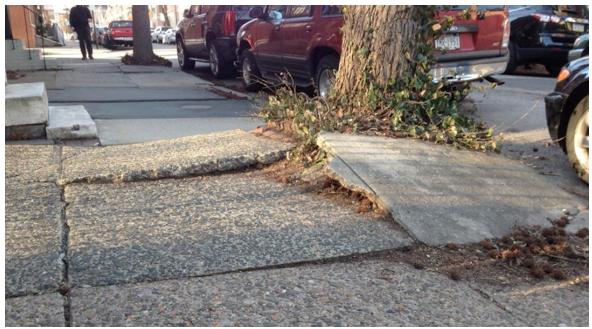




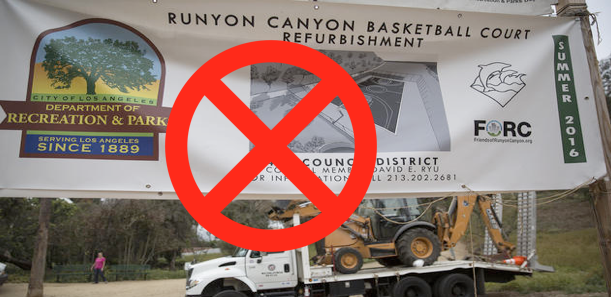
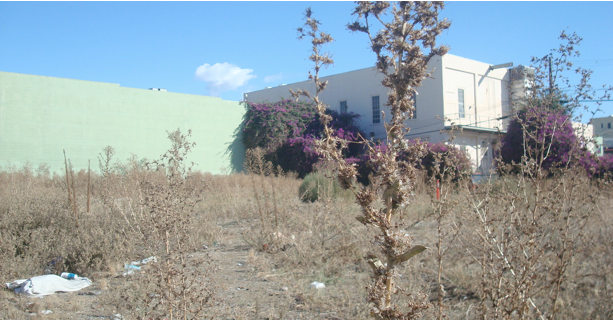
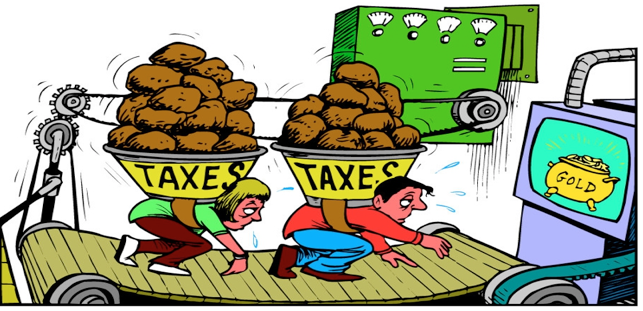
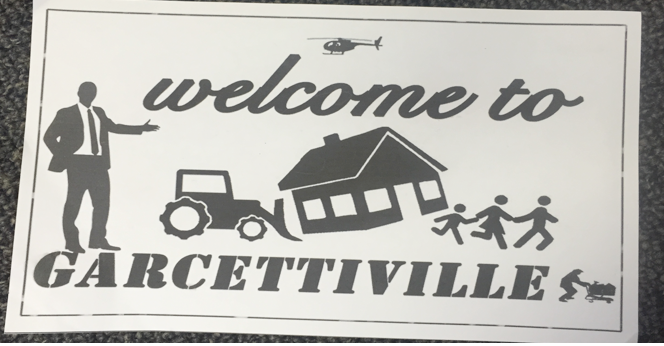

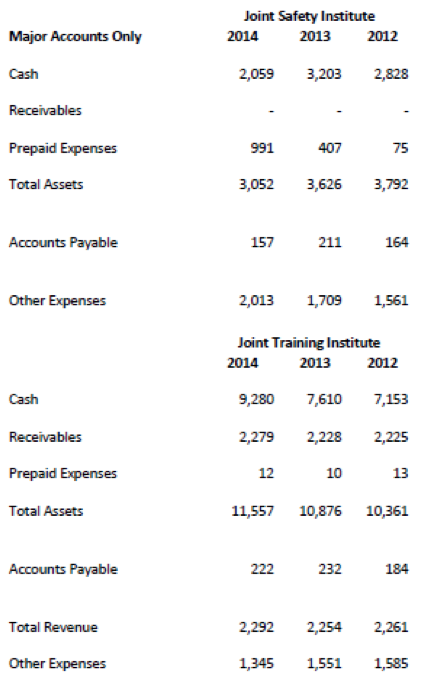





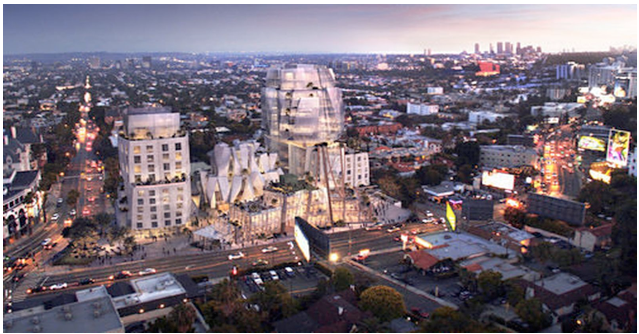
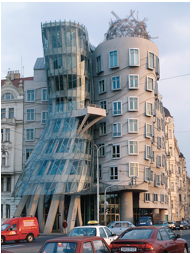 If I sound angry, it’s for good reason: I am.
If I sound angry, it’s for good reason: I am.















